Nestled in the rugged landscapes of the Caucasus Mountains, the Armenian Monastery Cave Complexes stand as silent sentinels of faith, history, and resilience. These ancient religious sites, carved into cliffs and hidden within mountain folds, tell a story of spiritual devotion that has endured for centuries. The monasteries are not merely architectural marvels but living testaments to Armenia’s deep-rooted Christian heritage, surviving invasions, natural disasters, and the passage of time.
The origins of these monastic complexes date back to the early medieval period, when Christianity began to take firm root in Armenia. The country, recognized as the first to adopt Christianity as a state religion in 301 AD, turned to the isolation of the mountains to establish centers of worship and learning. The remote locations provided both physical protection from invaders and a spiritual retreat for monks seeking solitude. Over time, these sites evolved into sprawling complexes, blending seamlessly with the natural rock formations that surround them.
Geghard Monastery, a UNESCO World Heritage Site, is perhaps the most iconic of these cave monasteries. Partially carved out of an adjacent mountain, its name translates to "the Monastery of the Spear," a reference to the biblical spear that pierced Christ’s side, which was said to have been housed here. The acoustics within its rock-hewn chapels are nothing short of miraculous, with chants resonating as if the very stones were singing. Nearby, the Haghpat and Sanahin Monasteries showcase the ingenuity of Armenian architects, with intricate stone carvings and cross-stones (khachkars) that are unique to Armenian Christian art.
What makes these monasteries truly remarkable is their ability to harmonize with the environment. Unlike grand cathedrals that dominate city skylines, these structures seem to emerge organically from the cliffs and gorges. The monks who built them understood the land, using natural caves as foundations and expanding them into chapels, scriptoriums, and living quarters. The result is a spiritual fortress that feels both eternal and ephemeral, as if it could vanish into the mist at any moment.
The monastic life that thrived in these caves was one of discipline and scholarship. Monks not only prayed but also transcribed manuscripts, preserving classical and religious texts that might otherwise have been lost to history. The Matenadaran in Yerevan, Armenia’s national repository of ancient manuscripts, holds countless works that originated in these very caves. The monasteries were also centers of education, where theology, philosophy, and even medicine were taught to generations of clergy and laypeople alike.
Yet, these sanctuaries were not immune to the ravages of time. The Caucasus region, a crossroads of empires, saw countless invasions by Persians, Arabs, Mongols, and Ottomans. Many monasteries were looted, damaged, or abandoned. Some, like Tatev Monastery, perched on a precipice above the Vorotan Gorge, became fortresses where monks and locals alike took refuge during attacks. The famous "Wings of Tatev" cable car, the longest reversible aerial tramway in the world, now connects modern visitors to this once-inaccessible stronghold.
Today, these monasteries remain active places of worship, attracting pilgrims and tourists alike. The Armenian Apostolic Church, one of the oldest Christian communities in the world, continues to hold services in chapels where the walls still bear the soot of centuries-old candle smoke. For visitors, the journey to these sites is as much a pilgrimage as it is an adventure—winding mountain roads, steep climbs, and the occasional herd of sheep blocking the path are all part of the experience.
The cultural significance of these monasteries extends beyond religion. They are symbols of Armenian identity, representing endurance in the face of adversity. In a land that has often been caught between warring empires, the cave monasteries stand as unshakable reminders of a people’s faith and perseverance. Their survival is a testament to the skill of their builders and the devotion of those who maintained them through the ages.
As the sun sets over the Caucasus, casting long shadows across the stone facades, one can almost hear the echoes of ancient chants. The Armenian Monastery Cave Complexes are more than relics of the past—they are living monuments to a spiritual legacy that continues to inspire. In their quiet defiance of time and turmoil, they remind us of the enduring power of faith, art, and human ingenuity.
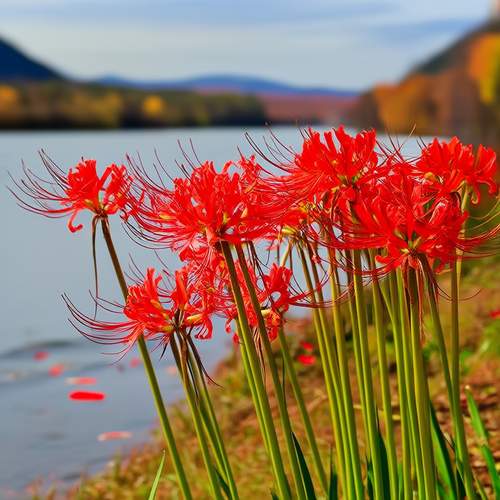
By /May 21, 2025

By /May 21, 2025

By /May 21, 2025

By Benjamin Evans/May 20, 2025
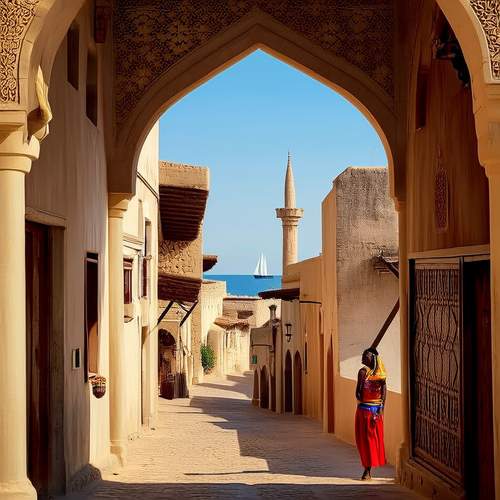
By /May 11, 2025

By /May 11, 2025
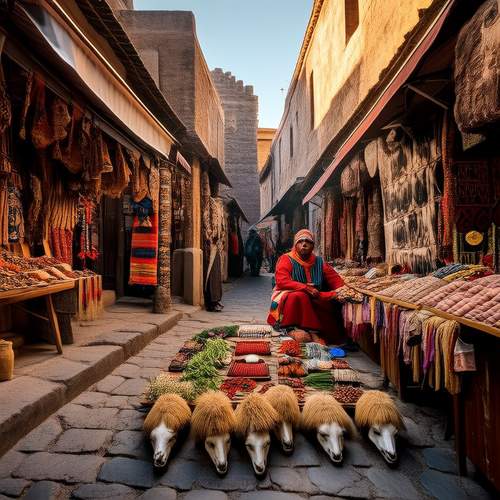
By /May 11, 2025

By /May 11, 2025
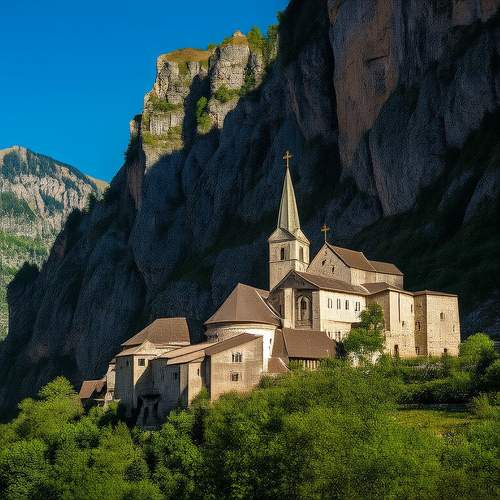
By /May 11, 2025

By /May 11, 2025
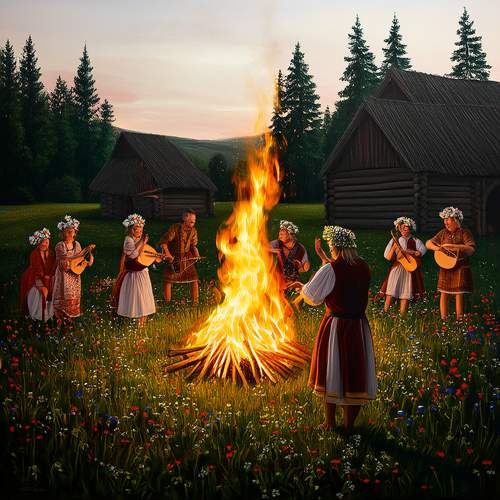
By /May 11, 2025

By /May 11, 2025
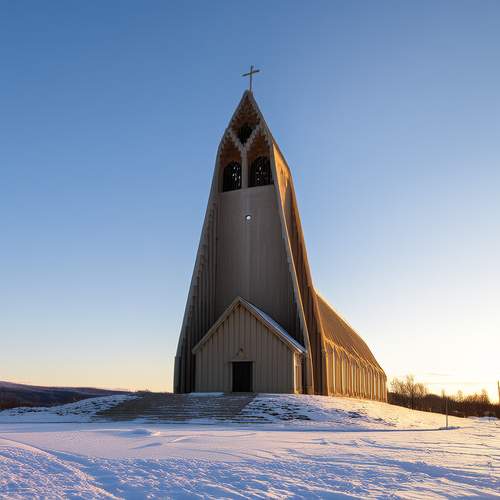
By /May 11, 2025

By /May 11, 2025

By /May 11, 2025
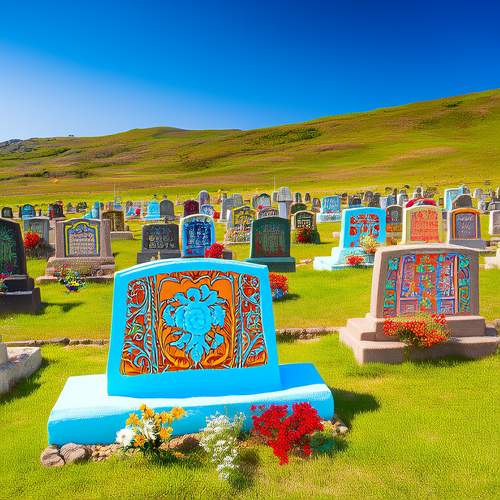
By /May 11, 2025

By /May 11, 2025

By /May 11, 2025

By /May 11, 2025
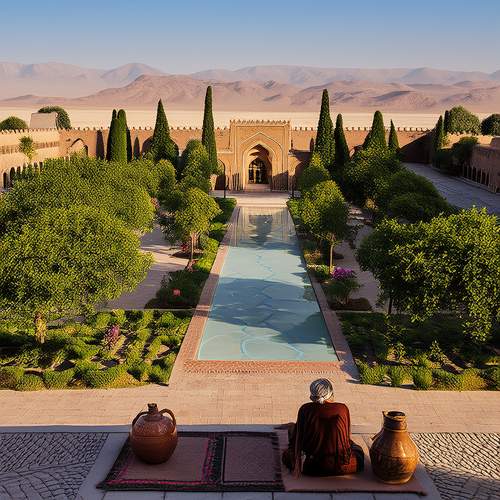
By /May 11, 2025